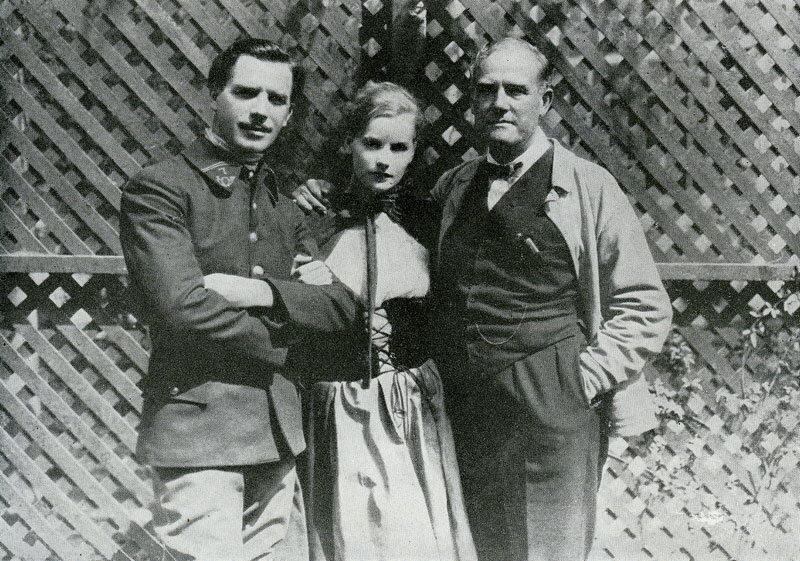
Jerome Storm began directing drama in 1918 with the C. Gardner Sullivan screenplay "The Keys of the Righteous", starring Enid Bennett and produced by Thomas Ince. In 1923 he directed John Gilbert and Ruth Clifford in the six reel film "Truxton King". The Library of Congress reports no archival copies of the film, leaving it presumed to be lost.
During 1923 John Gilbert also appeared in the film "Cameo Kirby", directed by John Ford. In the film, Gilbert plays romantic lead to actress Gertrude Olmstead.

Edmund Mortimer paired John Gilbert with actress Betty Boulton and actress Margaret Fielding in the film "The Exiles" during 1923.

An early film starring John Gilbert and Norma Shearer, "The Wolfman", directed by Edmund Mortimer in 1924 is among the myriad of films thought to be lost from the silent era.
King Vidor in 1924 paired John Gilbert and actress Aileen Pringle in two films, "Wife of the Centaur", with Kate Lester, and "His Hour". Norwegian film director Tancred Ibsen while briefly in Hollywood, worked on the set design to the Vidor film "His Hour".


Director Monta Bell that year directed John Gilbert and Norma Shearer in "The Snob" (seven reels).
